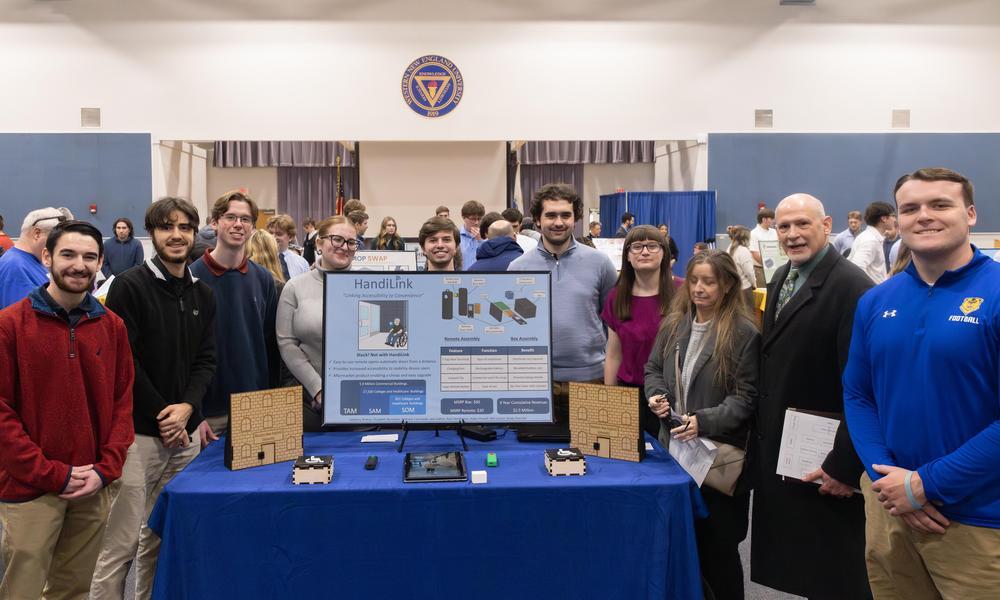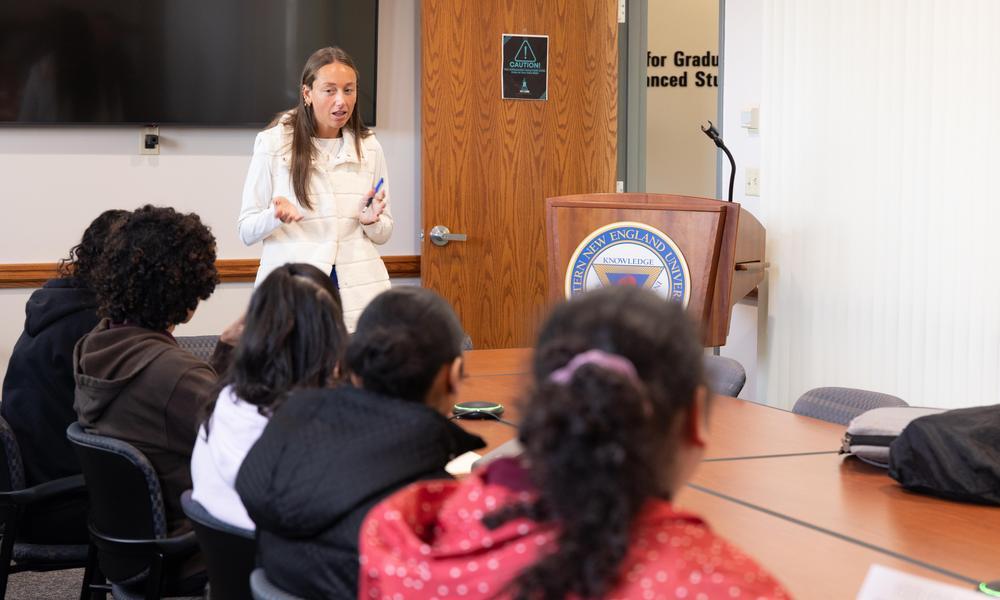In a new study published in the research journal Nature, an international team including Dr. Marcus Davis, Dean of the College of Arts and Sciences and Professor of Biology at Western New England University, has revealed new insights into how the paired fins in vertebrates may have first evolved. The study, conducted in collaboration with research teams from six countries, sheds new light on the evolutionary development of these structures and their connection to human limbs.
The research project employed a multidisciplinary approach, utilizing experimental techniques in genetic systems such as zebrafish and investigating diverse animals including goldfish, paddlefish, sharks, lampreys, and frogs to provide a comprehensive evolutionary context. Dr. Davis emphasized the importance of collaboration, stating, "This study was a collective effort, harnessing the expertise of teams across the globe. It required combining various experimental approaches to shed further light surrounding the evolution of paired fins in vertebrates."
The primary objective of the project was to gain a deeper understanding of how paired fins first emerged in vertebrates. While this may initially appear to be an esoteric subject, Dr. Davis highlights the direct relevance to human anatomy and development, "As humans, we possess paired limbs—arms and legs with hands and feet—which trace their evolutionary origins back to the paired fins of early fishes. Exploring the origins of these structures is crucial for uncovering key questions about our own bodies."
The research team focused on studying a structure known as the pre-anal fin fold (PAFF), an unpaired fin located on the underside of developing embryonic fish, which disappears before adulthood. This fin is normally a single fin running down the middle of the animal, similar to the dorsal fin on fish. However, the researchers learned that experimental manipulation with bone morphogenetic proteins – a group of molecules known to play a role in development of paired fins and limbs –could induced the embryonic PAFF to "branch" into a paired-like structure not unlike a simple paired fin. The team also found that the population of cells that compose PAFF have more in common with paired fins than with other unpaired fins.
Drawing from these findings, the research team proposed an evolutionary model suggesting that the branching of the PAFF or a PAFF-like structure in an ancestral vertebrate could have driven the origin of the first paired fins.
Dr. Davis underlined the significance of studying genetic systems in animals like zebrafish and paddlefish, noting, "The conservative nature of genetic systems allow us to use animals like zebrafish and paddlefish as informative readouts for understanding many basic questions about our own bodies. Beyond the interesting evolutionary story here, we can learn from these animals the basic genetic rules for making these body wall outgrowths. Fins – both unpaired and paired –are using a highly conserved and ancient genetic toolkit that is redeployed by nature over and over for new solutions. It's a shared program and some of the same genes we studied in this project are connected with limb birth defects in humans."
The research project involved collaborative efforts with esteemed institutions worldwide, including the Institute of Molecular and Cell Biology in Singapore (Project Lead, Dr. Tom Carney); the University of Colorado, Boulder; CalTech; the University of Manchester; the University of Zurich; Monash University; and Wesleyan University. Dr. Davis's contribution to the project was supported by a grant from the National Science Foundation.





